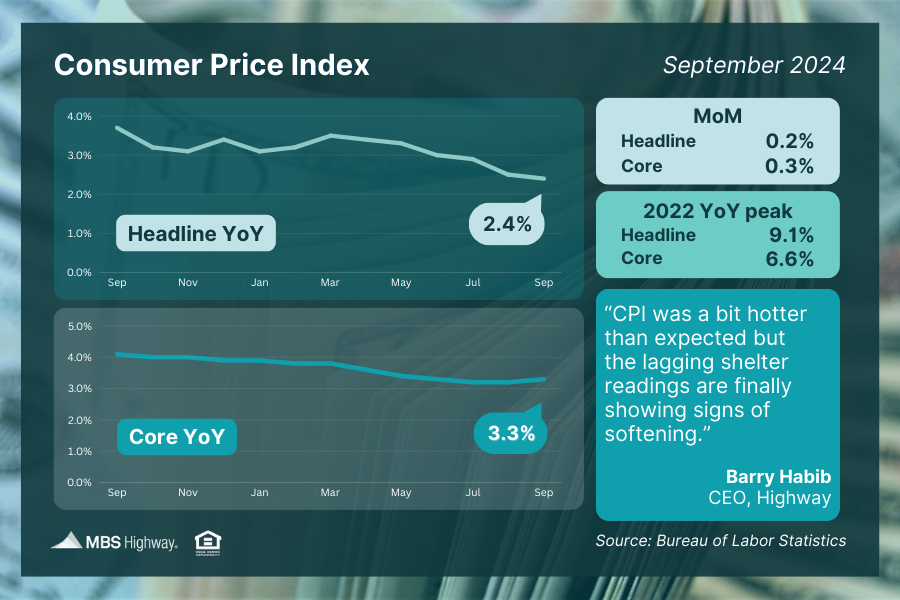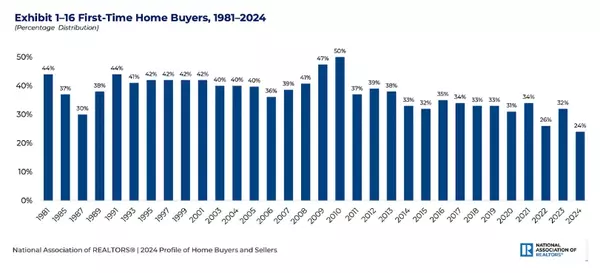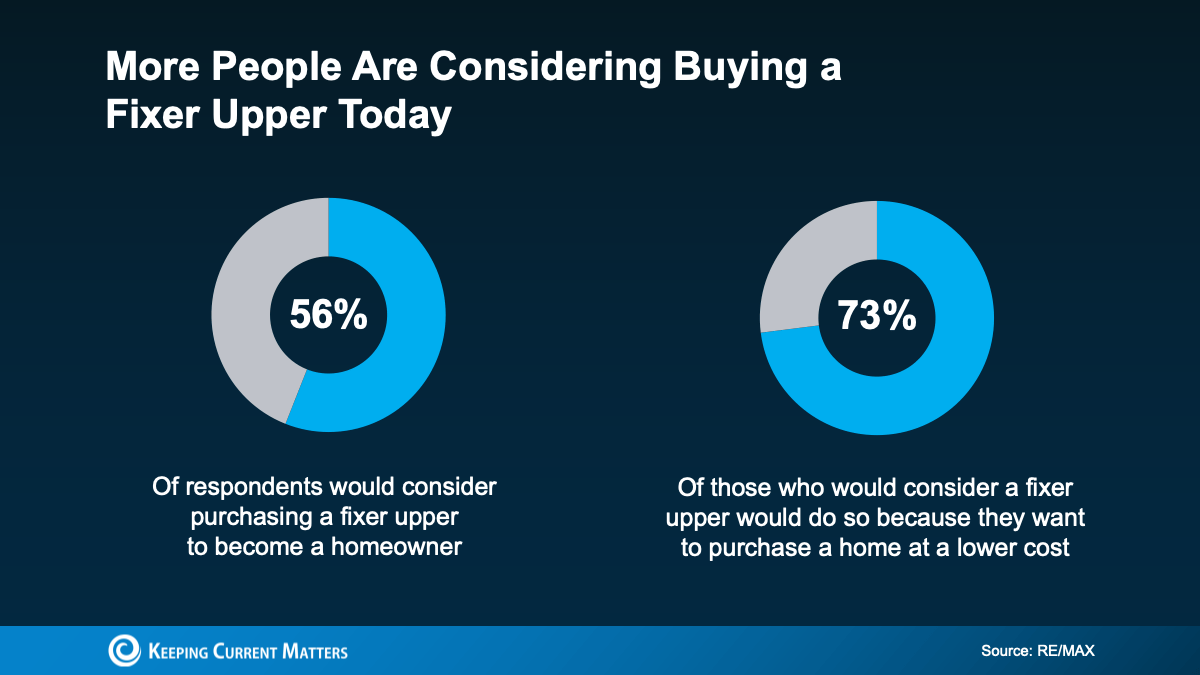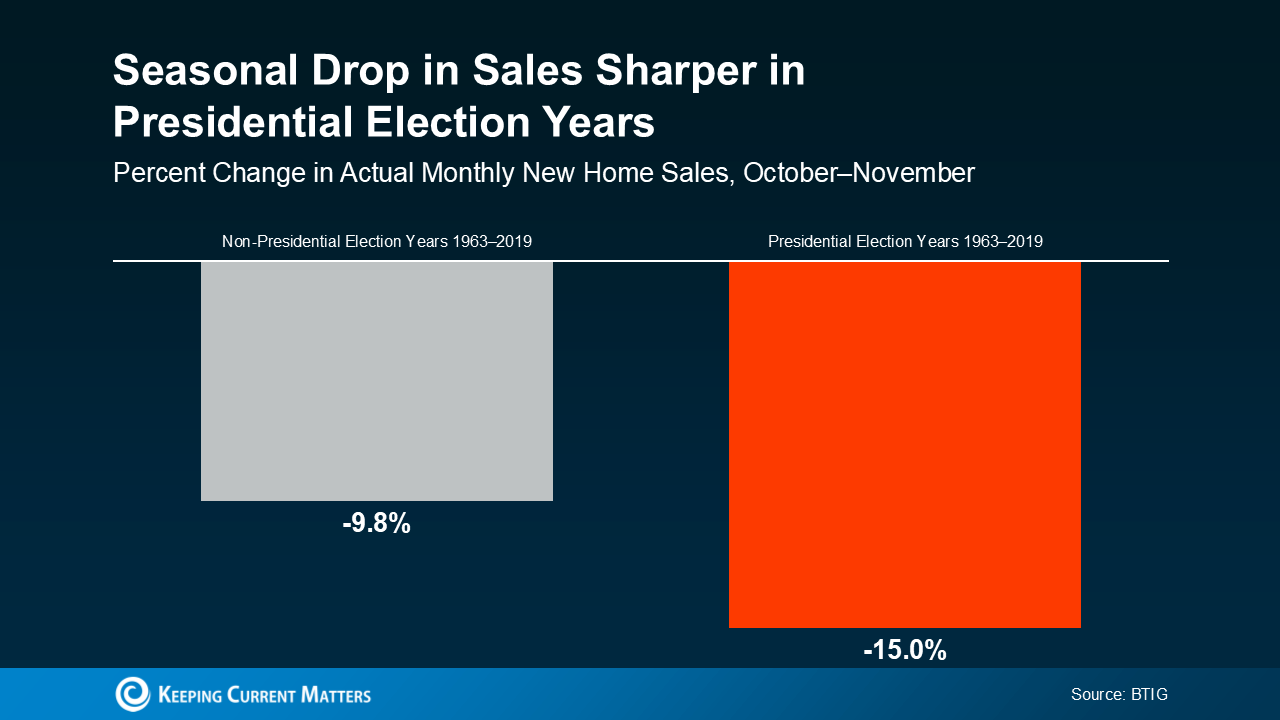Newsletter - 10/15/2024
Week of October 7, 2024 in Review
Inflation was hotter than expected in September, but there is important context to those headlines. Plus, another index showed rising home prices. Read on for these stories and more:
-Softening Shelter Crucial to Consumer Inflation
-Annual Wholesale Inflation Hotter Than Expected
-Initial Jobless Claims at 14-Month High
-Annual Home Price Growth Continues
Softening Shelter Crucial to Consumer Inflation

The latest Consumer Price Index (CPI) showed more progress on headline inflation, as consumer prices rose 2.4% for the 12 months ending in September. While this was hotter than expected, it does mark a slowing from August’s 2.5% annual gain and the lowest reading since February 2021.
The core measure, which strips out volatile food and energy prices, increased 0.3% from August, coming in above estimates. The annual reading ticked higher from 3.2% to 3.3%.
Transportation costs, including airline fares and motor vehicle insurance, were key reasons for the pricing pressure that was seen last month. The monthly reading for shelter was encouraging, as it showed signs of softening.
What’s the bottom line? We are seeing progress in consumer inflation, albeit slowly. For example, if we annualize the last three months of readings, the year-over-year rate of inflation would be lower, coming in at 2.1% for Headline CPI and 3% for Core CPI.
Plus, September’s low shelter reading is an important development as it may be the first sign that the shelter component in CPI is finally catching up to market rents. Given that the shelter component makes up nearly 46% of Core CPI, lower shelter readings will make it much easier for inflation to make progress towards the Fed’s 2% target over time. The Fed also acknowledged ahead of the report that they were expecting shelter readings to moderate.
Annual Wholesale Inflation Hotter Than Expected
The Producer Price Index (PPI), which measures inflation on the wholesale level, was unchanged in September, with the annual reading falling from an upwardly revised 1.9% to 1.8%. Core PPI, which strips out volatile food and energy prices, rose 0.2% for the month and the year-over-year reading moved higher to 2.8%.
What’s the bottom line? While the hotter than expected CPI and PPI readings have caused some fear that inflation is reemerging, we need to look at the numbers in context. September’s 1.8% year-over-year PPI reading is well below the peak of 11.7% seen in 2022. Inflation has made significant progress lower and it’s important to remember that it will not move down in a straight line.
Initial Jobless Claims at 14-Month High
Initial Jobless Claims were higher than expected in the latest week, rising by 33,000 for a total of 258,000 people filing for unemployment benefits for the first time. Continuing Claims also surged higher by 42,000, as 1.861 million people are still receiving benefits after filing their initial claim.
What’s the bottom line? Initial Jobless Claims tied a high last seen in August 2023, though the spike higher was due in part to elevated filings in states impacted by Hurricane Helene. Hurricane Milton could cause additional elevated filings in the coming weeks.
Meanwhile, Continuing Claims have topped 1.8 million since the start of June, remaining near three-year highs. This data continues to suggest that employers have slowed down their pace of hiring, making it harder for some people to find new employment once they are let go.
Annual Home Price Growth Continues
ICE (formerly known as Black Knight) reported that national home values rose 0.12% in August after seasonal adjustments, with their index showing that prices are 3% higher than a year ago, down from 3.6% in the previous report.
What’s the bottom line? ICE is not alone in their findings, as home price gains continue to be reported in other major indexes as well. For instance, Case-Shiller’s latest report (considered the gold standard in tracking changes in residential real estate values) showed that national home values hit another record high in July, with prices 5% higher than a year earlier. The Federal Housing Finance Agency also reported 4.5% annual growth over that same period.
These reports show that homeownership continues to be a great investment for wealth creation.
Family Hack of the Week
National Chocolate Cupcake Day is October 18, but this recipe courtesy of the Food Network is worth enjoying every day of the year. Yields 12 cupcakes.
Preheat oven to 325 degrees Fahrenheit. Line a muffin pan with paper liners.
Cream 1/4 pound unsalted butter (room temperature) and 1 cup sugar until light and fluffy. Add 4 extra-large eggs, 1 at a time. Mix in 1 1/3 cups chocolate syrup and 1 tablespoon pure vanilla extract. Add 1 cup all-purpose flour and 1 teaspoon instant coffee granules and mix until just combined. Do not overmix!
Scoop batter into muffin cups and bake for 30 minutes or until just set in the middle. Cool thoroughly in the pan before removing.
To make the ganache icing, cook 1/2 cup heavy cream, 8 ounces semisweet chocolate chips, and 1/2 teaspoon coffee granules in the top of a double boiler over simmering water until smooth and warm. Dip the tops of the cupcakes into the ganache. Do not refrigerate.
What to Look for This Week
Thursday brings several important reports, including an update on September’s Retail Sales, weekly Jobless Claims and homebuilder confidence for this month. More housing news follows on Friday with September’s Housing Starts and Building Permits data.
Technical Picture
Mortgage Bonds traded in a sideways pattern the last few days, ending last week just above nearby support at 100.18 as they look like they are trying to form a base and find their footing. The 10-year broke above its 100-day Moving Average and ended last week trading in a narrow range with the 100-day Moving Average acting as a floor and a ceiling of resistance at the 4.126% Fibonacci level.
Categories
Recent Posts










GET MORE INFORMATION
